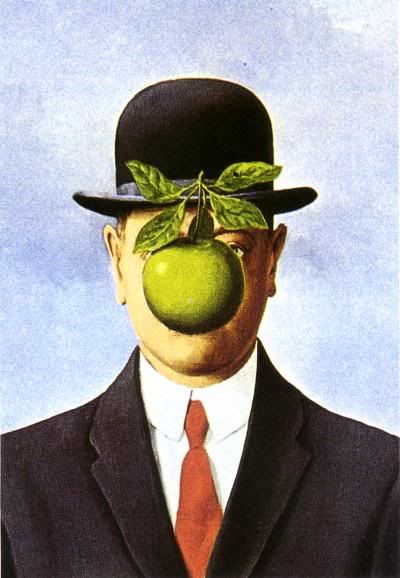Superman #680 Review
 Writer: James Robinson
Writer: James RobinsonPenciller: Renato Guedes
It's unfortunate that DC Comics doesn't supply pictures of their actual covers with captions intact, because the cover of Superman #680 is a great one. In that empty space of sky to the left of Krypto is written "DOG OF STEEL" in big type, which pretty much sums up this issue. James Robinson has given us, of all things, a Krypto story. On the one hand, this is a very good idea. It's about time someone gave Superman's other best friend (Jimmy has dibs on that title) a story of his own, and it's really a lot of fun. On the other hand, Robinson has ceded that "important" stories to Johns in the Action Comics title, and I hope that at some point, Robinson tackles some of the more central portions of Superman's mythos. However, on the whole, this issue is still fairly strong, and we get a simple story about a man's relationship with his dog and vice versa.
The issue is really one long fight scene, which we've really had for three straight issues now. If it was just a continuation of the fight with Superman, it would have long ago become very dull. However, this issue is a new battle, one between Krypto and the titan Atlas. We finally come to realise why it was Superman was vulnerable to Atlas's strength. Superman has a longstanding weakness to magic, and Atlas's power is magic-based. This issue, we see Krypto and Superman working together to fight an enemy who would otherwise be quite a threat to Superman. In my review of last issue, I compared the Atlas fight to the fight with Doomsday, in which a fight with a previously unknown enemy was able to (apparently) kill Superman, and curiously, Robinson seems to have noticed the parallel as well, as Lois makes the same comparison. One of the nice things about this story is that it shows that Superman isn't simply invulnerable, and the right enemy at the right time taking advantages of the right weaknesses can always be a threat.
However, when Doomsday killed Superman, Krypto had been written out of continuity, and reading this comic, one comes to realise that, had the editors not made the decision to dispose of Krypto, Doomsday might not have been quite so successful. Superman makes a decision that, on the face of it, is not especially good loyal-master behaviour. He leaves Krypto to fight Atlas while he seeks a solution to Atlas's magical superiority. This clever tag-team approach buys Superman the time to find the bratty Zatara, who provides him with the magical equivalent of solar power, enabling him to return and rescue Krypto just as Krypto rescued him. Superman isn't just incredibly strong: comic books are full of extremely strong characters. Rather, when faced directly with one of his weaknesses, Superman also proves that he is an excellent tactician. He quickly discovers why he is losing the battle, and makes the appropriate changes to his strategy in order to defeat him.
One weak element I thought this issue had was the reaction of Lois to Krypto. She seems to not really like Krypto, though why isn't very plausibly established. Apparently, she is worried about the idea of a super-powered dog, since a normal, non-super-powered dog can be dangerous in its own right. However, one would think that years of living with Superman would have inured her to worry about aliens just because they are powerful. In a way, she is reacting how one might expect Luthor to react to the presence of an alien dog, as he is well-known for his xenophobia when it comes to other species. Part of the drama of this issue is intended to come from Lois finally coming to appreciate Krypto, but since we had never really seen her dislike of Krypto before, this part of the story isn't especially convincing.
On the whole though, this is a strong issue. We finally get to see Krypto in action. We get to see Superman and Krypto working together. This issue is a lot of fun. However, the underly premise of establishing Krypto to Lois is weak and, let's face it, this story isn't nearly as powerful as Johns' work over in Action. I definitely appreciate this story, though, and I really feel like Krypto is being established as more than just a holdover from the Silver Age.
B-
Labels: Superman












